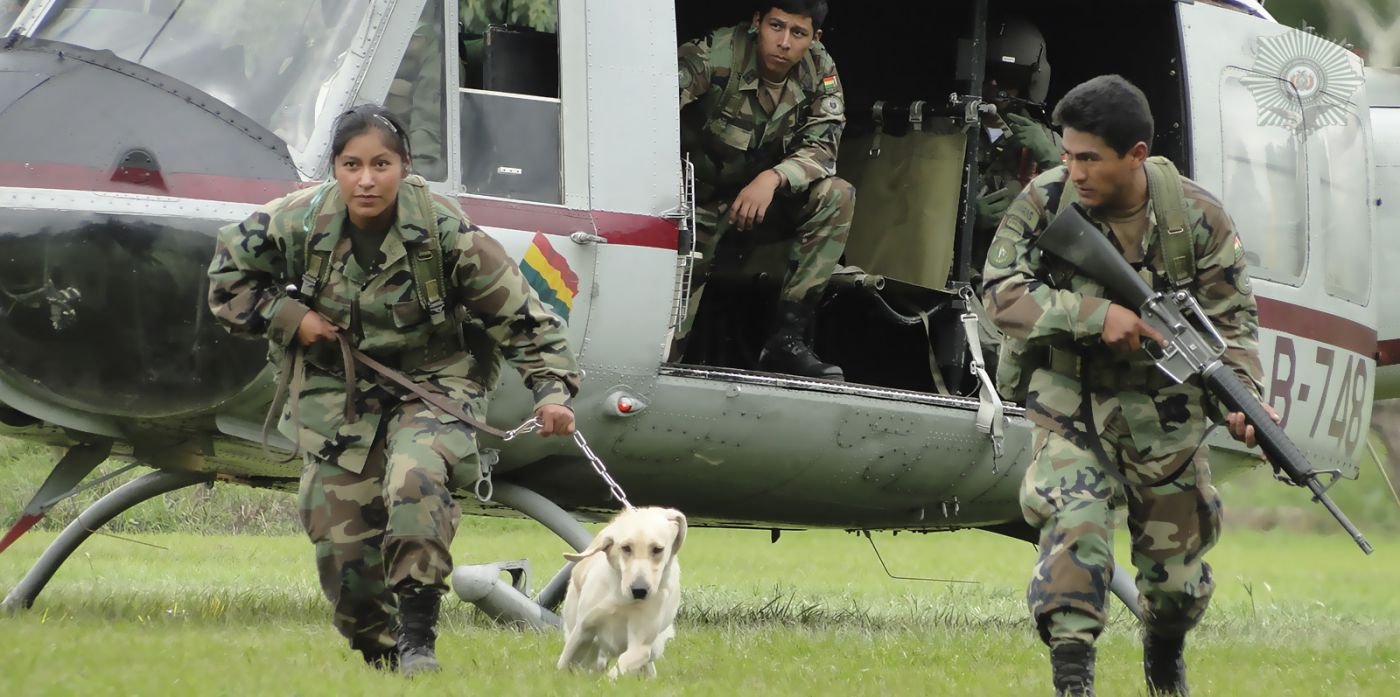From January to the end of July, Bolivia’s Special Force against Drug Trafficking (FELCN) seized 14.4 tons of cocaine.
Bolivia’s FELCN has Seized 14.4 Tons of Cocaine in 2015

August 20, 2015

From January to the end of July, Bolivia’s Special Force against Drug Trafficking (FELCN) seized 14.4 tons of cocaine.